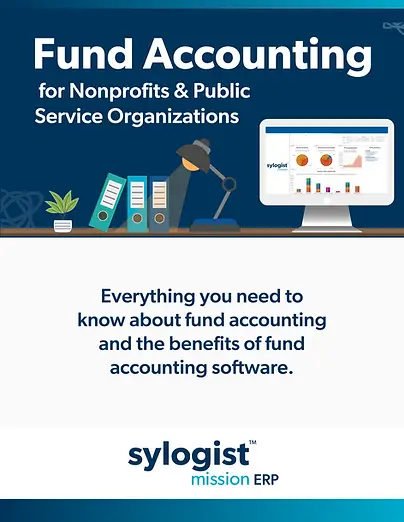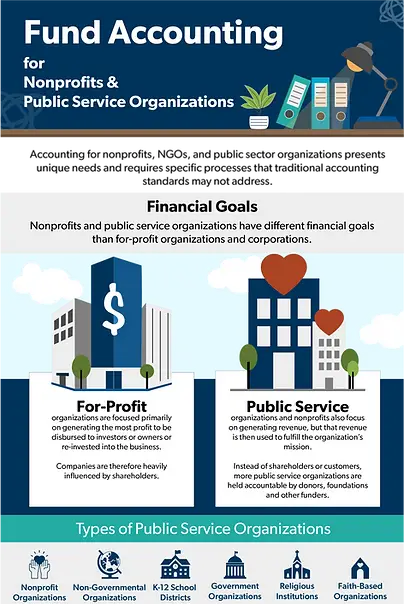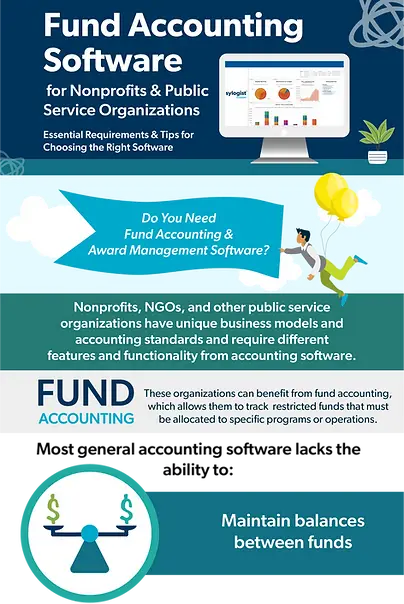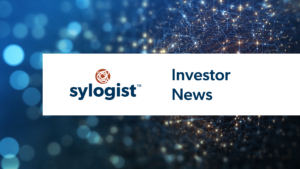4 Features That are Essential in Fund Accounting Software

As we’ve discussed in previous posts, fund accounting is often more complex than traditional accounting. Finding the right software for your organization can be overwhelming, but we have a few key features you’ll want to look for when evaluating your options.

One of the primary requirements of fund accounting is the ability to track revenue and allocate it to specific activities. For example, your organization may receive a grant from a local community foundation. Along with the check, you get a list of activities that the grant cannot be used to fund. Some common ones include: employee compensation, occupancy costs, hardware and software, and most other indirect costs. Instead, they require the funding to go directly into the afterschool program you run at your local elementary school.
Fund accounting software allows you to allocate the grant revenue into a fund specifically for that purpose. Throughout your fiscal year you can keep track of all of the spending for that afterschool program and ensure that the grant money is only used for that purpose.
Your organization may have multiple funds for different activities and fund accounting software helps you to keep track of the expenditures for each activity and monitor the balances of each fund throughout the year.

Since general accounting software doesn’t allow you to create funds for different activities, you also won’t be able to track which funds are restricted (given for a specific activity) and which funds are unrestricted. You’ll want to look for software that allows you to track restrictions and allows you to indicate when funds are unrestricted and when previous restrictions are released.

Commitments and encumbrances are used primarily in budgeting, depending on the type of organization. For nonprofits, encumbrances are recorded when you sign a contract or make a purchase order. Even though the money hasn’t been paid from the appropriate fund, you need to track encumbrances as they mark those funds as unavailable for expenditure.

Regardless of the source of revenue, most donors and foundations request reporting throughout the fiscal year. Many foundations require funds to be spent evenly each month, or require quarterly reports. Board members, volunteer committees, and other stakeholders also request various types of reports.
The ability to pull reports that feature real-time balances is key for most nonprofits and public sector organizations. Without the proper software, even simple reports can be difficult to pull, time consuming, and inaccurate. When searching for the right solution, make sure you’re looking for robust reporting options at the fund level.
Now that you know the top four features to look for, you may need some additional resources to help narrow your search. Check out our blog article that gives you five ways to narrow your search.
You can view more information on Sylogist’s fund accounting software, Serenic Navigator, on our website.
Additional Resources
Fund Accounting Resources







